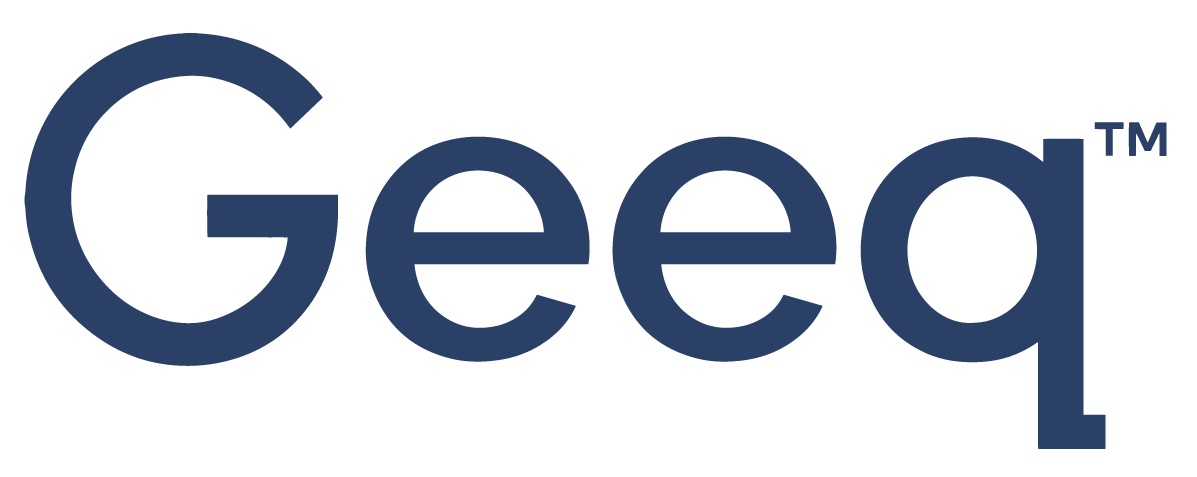
Block and Ledger
What does Block and Ledger mean?
There are two basic units that are built by a blockchain protocol: a block and a ledger. A block contains the data for validated transactions.
Main Idea:
Imagine a measuring tape, beginning at 0 and continuing in one direction, with the count increased at regular intervals (centimeters or inches). Similarly, a blockchain is a continuous sequence that begins with a block at 0, collects data and writes the data into the next block, with the block count increased each time another block is added.
Blocks can be thought of as having two parts. The first part is the block header which contains metadata about the block. The second part of the block is the body which contains the data intended to be maintained in the blockchain. Let’s explain these in reverse order.
The Body of Data in a Block
The reason we use the generic term “data” is because the form of the data written in the block may be unrelated to anything else. They could be signals from IoT devices, for example, that appear meaningless to an outside observer but are important to preserve on the blockchain in case of an emergency.
In crypto, the data commonly refers to coin movements associated with particular accounts. To provide context for these data, the protocol also updates a ledger.
A Simple Example:
If you transfer coins on a blockchain, the block data for that transaction must include:
The designated quantity of coins
From a specific account name, call it Account X
To another specific account name, call it Account Y
And a valid cryptographic signature that has the authority to take coins out of Account X.
These are the same components required to write a check:
The amount
The withdrawing account’s number
The name of the recipient
A written signature or an electronic signature
Block versus Ledger:
Suppose you have only two coin transactions in a block, such as
100 Geeq from account a….z to account z…a, authorized by Account a…z’s signature
100 Geeq from account z…a to account a…z, authorized by Account z…a’s signature
If both transactions are valid, the block will show the data from the two transactions above.
(Checking whether the transactions are valid is the job of the blockchain protocol.)
Looking at the block, you can see there was activity. However, the new ledger would show the same account balances as the previous ledger.
A Technically Correct, Completely Generic Definition of a Blockchain:
A block is a bundled package of transactions or data that is cryptographically committed or appended to a sequence of existing blocks to create a chain which makes it difficult to alter or reorganize the information it contains. The way the blocks are constructed vary by protocol.
The Geeq Difference:
In addition to writing blocks that are “cryptographically appended .. to create a chain which makes it difficult to alter”, the Geeq protocol focuses on ensuring the data in the body of the block are correctly validated and, if they are not, it is detectable by the end user. Geeq users therefore know not to trust the information in that node’s blockchain and are able to find an honest node’s blockchain instead.
The Genesis Block:
The genesis block is the initial block of the blockchain and is called Block 0. The contents of the genesis block should be described in a different entry.
The Block Header:
Every subsequent block’s header is typically assigned an identifier that is cryptographically linked to the previous block(s). These identifiers are used to order blocks in the blockchain.
The components of the block headers are technically detailed, but the reason the headers exist is simple. If the relationships between the block headers are technically correct, then it is provable that block 1 is the block after the genesis block, block 2 is the block after block 1, and so on.
Used in a Sentence:
Because the block contains a list of transactions, it is possible to design a block explorer to retrieve its contents to see what happened. In the case of coin transactions on a public blockchain, the transfers of coins and the ledger updates are available for everyone to see.
Last Updated: June 25, 2023
Read what Geeq has to say about Block and Ledger...
The following articles are written by the Geeq team to share and inform about the industry we are passionate about.
To learn more about events, announcements and learn about other topics visit our news section
Community announcement - Tokenomics Update - January 2024
Why has Geeq taken a no-smart contracts route? To deliver an efficient, reliable, predictable engine to solve these three problems and more.
Here are 5 reasons why Geeq is poised to set the world's standards in decentralized, verifiable blockchain - at Layer 0.
"Discover 7 powerful ways Geeq Stacks revolutionize digital assets. Simplify organization, ensure security, and stay in control. From creative collections to seamless transfers, Stacks make it intuitive.
8 Ways Geeq is the Essential Foundation for Blockchains. Here are the reasons Geeq provides the Layer 0 (L0) foundation that blockchains and smart contracts need.
How can the market separate "review bombing" from authentic testimonials? As with any policy, the risk is either going too far or not far enough. Read Geeq's solution.
UPDATE: Now with links to video and Slides! John P. Conley introduced Geeq's Algorithmic Monetary Policy and Stabilized Token to the public at SFBW.
This is the Geeq token allocation and release schedule. Please note: Geeq did not hold an ICO or IDO.
Ask Me Anything on Telegram: TH 1/24/2019, 4 pm EST
Details are available for the official GEEQ contract address.
$GEEQ has partnered with Ferrum Network to offer non-custodial liquidity staking. Watch this space!
Late Friday Update for Geeq Tokens - The Unlocked-round is fully subscribed. The Pre-round is still OPEN.









